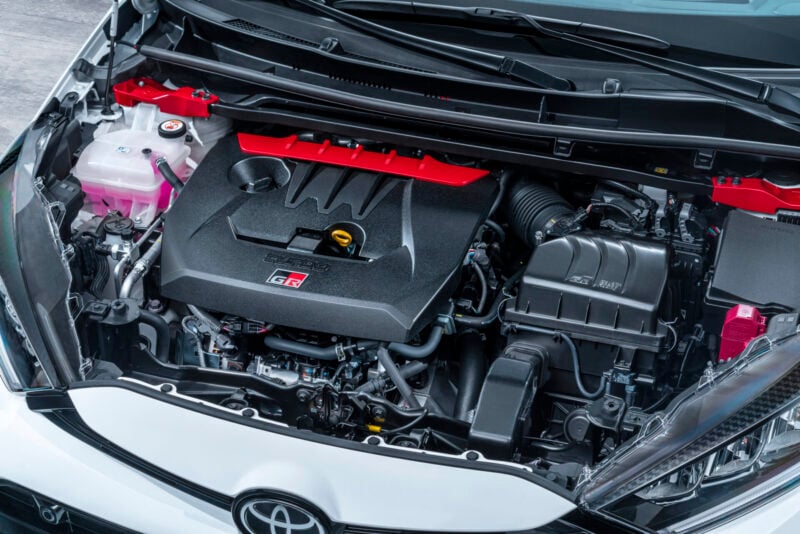Toyota is bringing the World Rally Championship back to the public roads later this year, with a new model of its Yaris hatchback. The GR Yaris, revealed today at Tokyo Auto Salon, is a 257hp, all-wheel drive homologation special that will form the basis of the brand’s WRC challenger for next season.
It’s the second global GR range model, following the GR Supra in 2019. Gazoo Racing, which manages Toyota’s motorsport activities, developed the car in conjunction with Tommi Makinen Racing, the eponymous company founded by the four-time WRC champion.

Toyota has developed the GR Yaris both from and for rallying. In order for a car to compete in WRC, a brand must build at least 2,500 identical examples of it over a single 12-month period. That allows it to meet the homologation standards as a production Group A Touring Car, upon which the team can base a WRC car.
Using what it has learned from winning both the constructor and driver championships, as a team in 2018 and for Estonian driver Ott Tanak in 2019, Toyota has spared no expense to create this road-going car. It uses a new platform and body, new engine and suspension, and a new permanent all-wheel drive system — it’s a proper throwback to the glory years of rally.
The GR Yaris uses a hybrid chassis. That combines the front end of the TNGA-B platform as used by the regular Yaris with the rear end from the larger TNGA-C platform such as you’ll find underpinning the Corolla, C-HR and Prius. This allows for the new AWD system, along with rear double wishbone suspension.

There’s a new, 1.6-liter turbo engine too — front-mounted, but pushed as far back in the chassis as possible. This three-cylinder unit uses a large, single-scroll turbo to help boost power up to 257hp, with 265lbft of torque available. That’s matched to a six-speed manual transmission, giving a 0-60mph time in the low five-second range and a 143mph top speed.
Braking comes from 14-inch front discs and 11.7-inch rears, with four- and two-pot calipers respectively. Toyota fits large, 18-inch wheels to cover them, with an option for forged 18-inch items on the Circuit Pack. That will also add two Torsen limited-slip differentials — one for each axle.
Of particular note is that new GR-Four all-wheel drive system. A center coupling distributes torque between front and rear axles, with different gear ratios for either. This could give the GR Yaris up to 100% torque at either end, but Toyota will offer three settings. Normal mode features 60% front torque, with a 50:50 split for Track mode. Sport mode makes it rear-biased, with 70% of the torque heading out back.

As you’ll probably spot, Toyota has completely reworked the Yaris’s body. The roof is 3.5 inches lower than in a regular production Yaris, lowering its center of gravity and reducing its frontal area to reduce drag. There’s even frameless doors, and just the two of them as the GR Yaris is a three-door hatchback.
The body shell employs lightweight materials to keep the car in range of the minimum WRC homologation weight. There’s extensive use of carbon fiber composites and aluminum, resulting in a curb weight of just over 2,800lb — only a couple hundred pounds above its fighting weight.
It’s no barebones racer though. For the road car, Toyota fits a regular — albeit sporty — interior, with manually adjustable, leather and Alcantara sports seats. There’s a full climate control system and a ten-inch center touchscreen which includes navigation and DAB radio. You’ll even find a ten-inch head-up display, and a heated steering wheel.

To meet homologation standards for the brand’s 2021 WRC entry, Toyota will have to make at least 2,500 GR Yaris models across the next 12 months. To this end, it now has a dedicated GR production line at its Motomachi factory, with a significant amount of hand assembly.
There’s no word on worldwide pricing just yet, but the RZ First Edition in Japan comes in at the equivalent of $36,000 — and is available to order now. The car is expected to hit the road some time in the second half of 2020.
See more articles on Gazoo Racing, Toyota, and Toyota Yaris.











